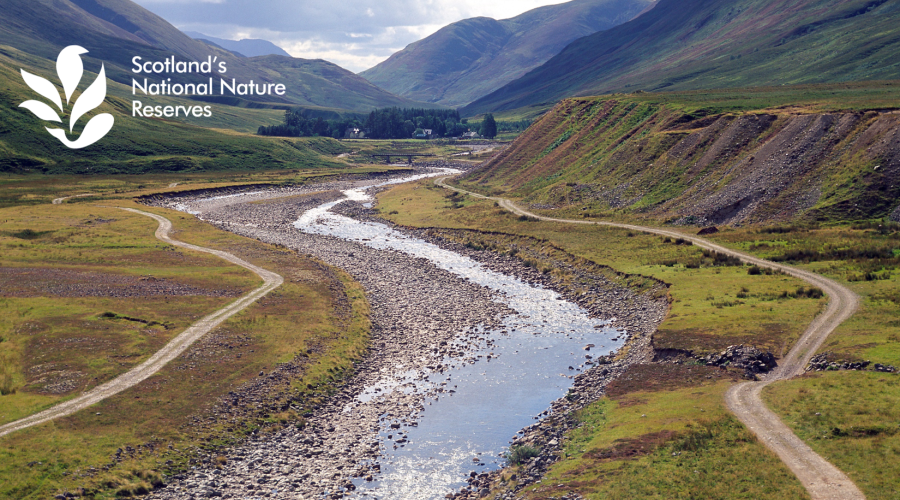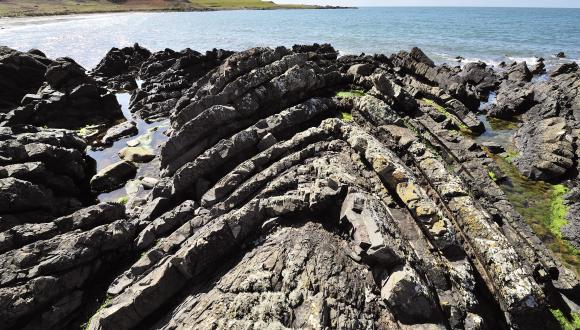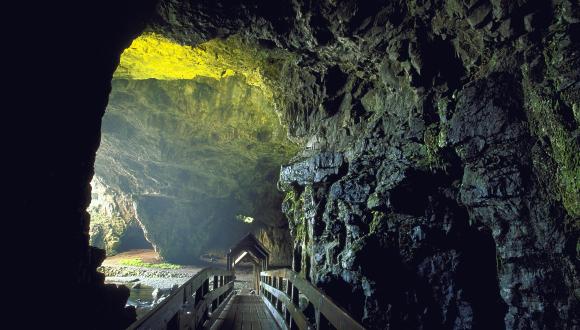
Ice Age landforms
Ice Age glaciers have carved and moulded, over the last 2.6 million years, many of the landforms we see today.
These glaciers and their meltwater rivers eroded Scotland’s underlying rocks and laid down deposits of ground-up rock, stones and gravel. They caused changes in the relative levels of land and sea and altered river courses. Beyond the ice, constant freezing and thawing created fascinating ‘periglacial’ landforms.
After the ice had melted, the debris left by the glaciers provided the source materials for our beaches and the parent materials for our soils. Unstable slopes collapsed in sometimes massive landslides. Vegetation and animals colonised the land. Coastlines rose or sank, and rivers cut their present courses.
Scotland’s diverse examples of landforms were drawn on heavily as Ice Age theory developed in the mid-19th century.





